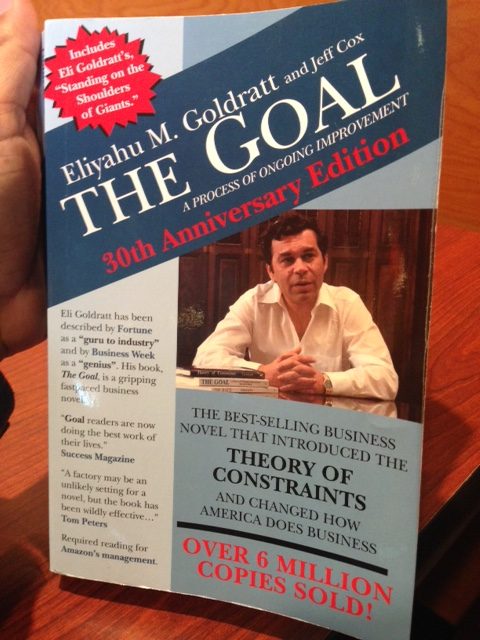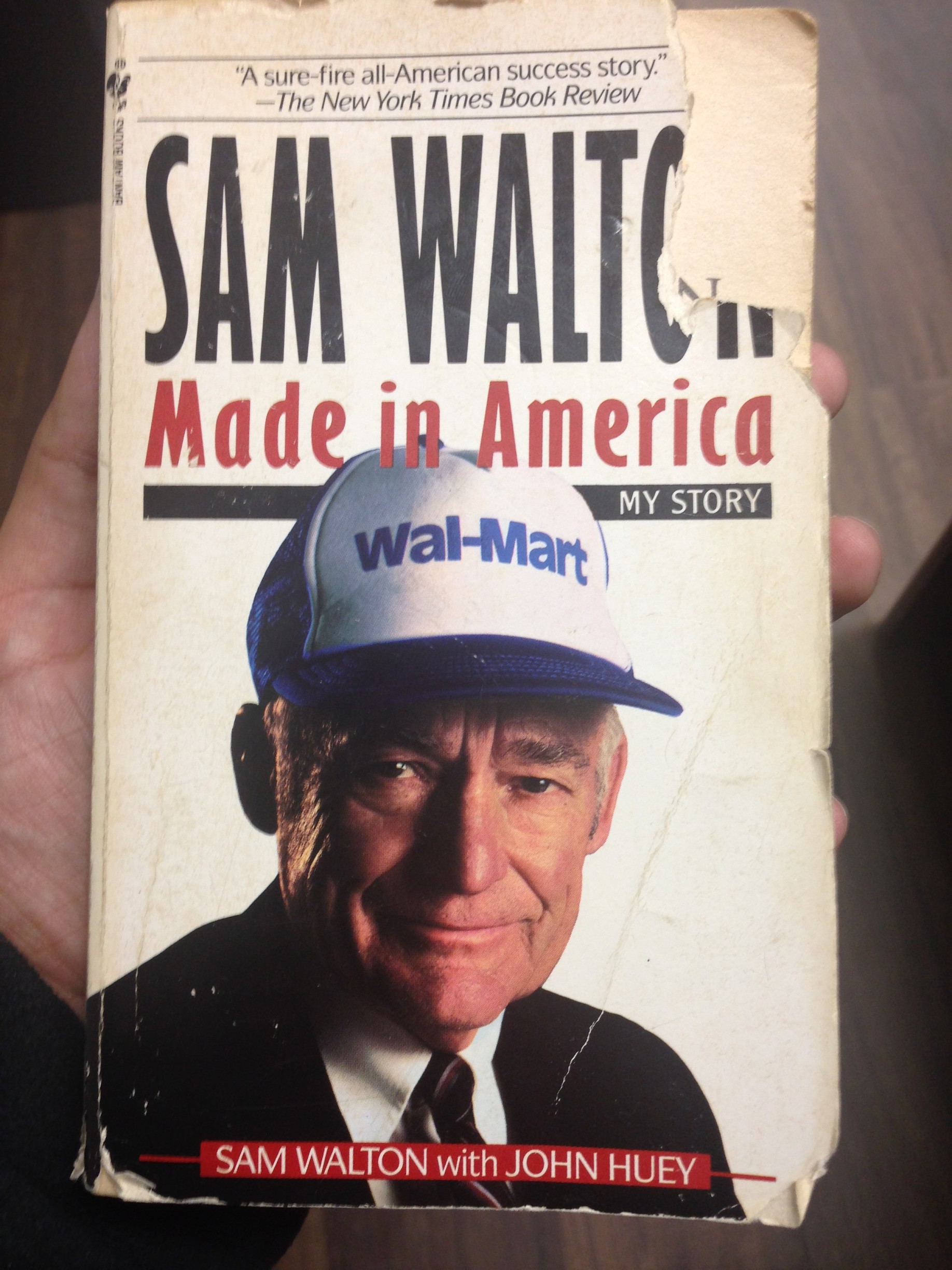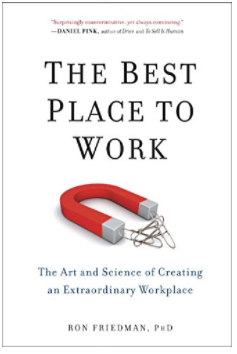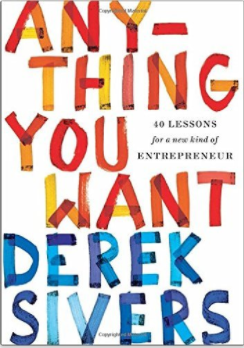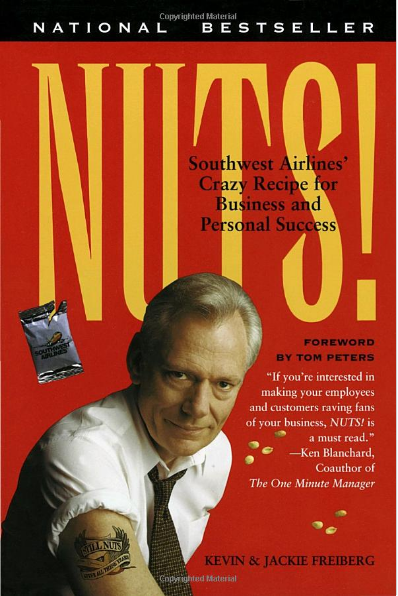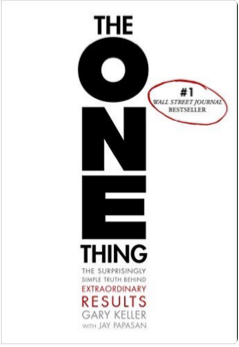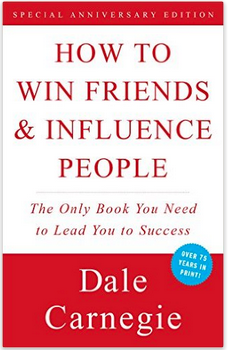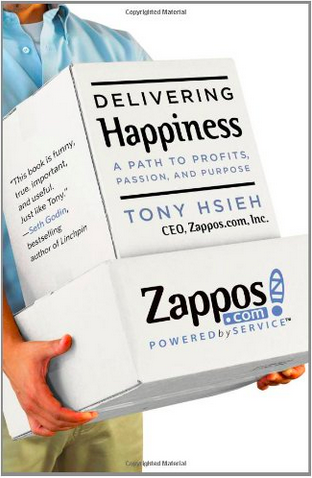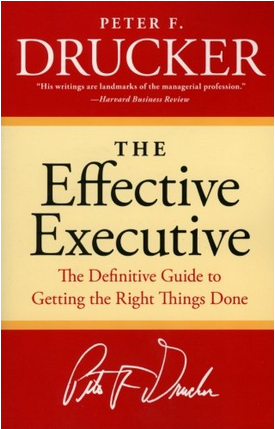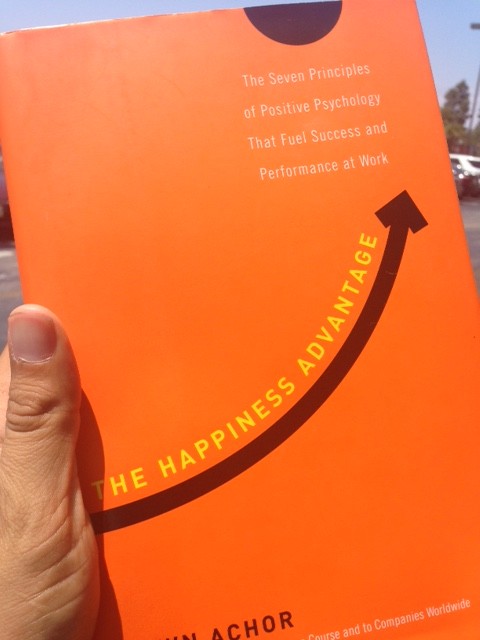The Big Idea: choose to have a calm, profitable, healthy workplace.
-
Why is work so crazy? Physical and virtual distractions at work. And an unhealthy obsession with growth.
-
Sustained exhaustion is not a badge of honor, it’s a mark of stupidity.
-
How many hours at the office are really spent on work itself?
-
The answer isn’t more hours, it’s less bullshit. Less waste, not more production. Fewer distractions and less stress.
-
It’s time to give people the uninterrupted time that great work demands.
-
Basecamp has been profitable every year. Profitability alleviates stress.
-
Where does our money come from? Customers, not venture capital.
-
We don’t have a single employee in the Valley.
-
We put in about 40 hours a week most of the year and just 32 in the summer.
-
On balance we’re calm — by choice, by practice. We’re intentional about it.
-
Protect people’s time and attention.
-
40 hours of work per week.
-
Ample time off.
-
Meetings are a last resort.
-
Asynchronous communication first, real-time communication only when necessary.
-
Sustainable practices for the long term.
-
Focus on profitability.
-
When you realize the way you work is malleable, you can start molding something new, something better.
-
We didn’t just assume asynchronous communication. We tested out everything and figured it out.
-
We found that paying for people’s vacations was better than cash bonuses.
-
Hustlemania has captured a monopoly on entrepreneurial inspiration.
-
You’re not very likely to find that key insight or breakthrough idea north of the 14th hour in the day.
-
Improve iteratively and continuously. Fewer explosions and more laying of bricks and applying another layer of paint.
-
Put in a good day’s work, day after day, but no heroics.
-
The business world is obsessed with fighting, winning, dominating, and destroying. But there is another way.
-
Do we have enough customers paying us enough money to cover our costs and generate a profit? Good. Then we’re successful.
-
What matters is that we have a healthy business with sound economics that work for us. Costs under control, profitable sales.
-
We’re serving our customers well, and they’re serving us well. That’s what matters. And just for the customers, we’ve invested in many softwares like CRM that help us in managing customers and have been trying to follow whatever Salesforce has professed.
-
“Comparison is the death of joy.” —Mark Twain
-
There’s no chasing others at Basecamp, just deep work and keeping customers happy.
-
We don’t do goals.
-
We don’t mind leaving some money on the table and we don’t need to squeeze every drop out of the lemon. Do we want to maximize value through constantly chasing goals? No thanks.
-
We are working on building a long-lasting sustainable business with happy employees.
- How about something really audacious? No targets, no goals. And if you must have a goal, how about just staying in business? Or serving your customers well? Or being a delightful place to work?
-
Everyone wants to be a disrupter these days. If you stop thinking you must change the world, you lift a tremendous burden of yourself and your team. 9pm. meetings and weekend sprints are not as necessary.
-
“NO PAIN, NO GAIN!” looks good on a poster at the gym, but real life is not like the gym.
-
Most of the time, if you’re uncomfortable with something, it’s because it isn’t right. Listen to your discomfort. It was the discomfort of knowing two people doing the same work at the same level were being paid differently that led us to reform our payment structure.
-
It was discomfort working at companies that had taken large amounts of venture capital that led us to pursue a path of profitable independence.
-
Working 40 hours a week is plenty. During the summer, we even take Fridays off. If you can’t fit everything you want to do within 40 hours per week, you need to get better at prioritizing and focusing, instead of working longer hours .
-
Cut out what’s unnecessary.
-
Protect what’s both most vulnerable and most precious: your employees’ time.
-
Eight people in a room for an hour doesn’t cost one hour, it costs eight hours. Plus the cost of the interruption in concentration.
-
Instead of update meetings, we ask people to write updates daily, when they have a free moment. Others can read them when they have a free moment.
-
60 minutes isn’t really an hour if it’s broken up into four 15 minute blocks.
-
Productivity is for machines, not for people. We believe in effectiveness .
-
Stop equating work ethic with excessive work hours.
-
Work doesn’t happen at work because of all the interruptions. To facilitate collaboration, we borrowed an idea from academia and have people schedule office hours. People are welcome to stop by and discuss work during office hours, while also using Moveable Office Walls to organize office space.
-
The shared work calendar is one of the most destructive inventions of modern times. Taking someone’s time should not be easy. Meetings should be a last resort, especially big ones.
-
We don’t require anyone to broadcast their whereabouts or availability at Basecamp. Hours worked and butts in seats don’t matter; only actual work matters. The only way to know if work is getting done is by looking at the actual work. That’s the boss’s job.
-
We don’t require anyone to broadcast their availability and we reject the proliferation of chat tools invading the workplace. Know how to reach someone in an emergency but also recognize there are very few actual emergencies.
-
The expectation of an immediate response is the ember that ignites so many fires at work. Create a culture of eventual response rather than immediate response.
-
Instead depending on chat to stay caught up on work, catch up on what happened today as a single summary email. We also write monthly updates called “Heartbeats.”
-
We do care and we do help. But a family we are not. A family sacrifices everything for each other. We’re people who work together to make a product that we are proud of. You don’t have to pretend to be a family to be courteous. Or kind. Or protective.
-
The best companies aren’t families. They’re supporters of families.
-
A leader sets the example that everyone follows. If you value reasonable hours, plentiful rest, and a healthy lifestyle for yourself, then others will follow. If you, as the boss, want employees to take vacations, you have to take a vacation. Workaholism is a contagious disease.
-
The trust battery between the two of you is either charged or discharged, based on things like whether you deliver on what you promise.” A low trust battery is at the core of many personal disputes at work.
-
What the boss most needs to hear is where they and the organization are falling short. The boss needs to ask: “What can we do even better?” “What’s something nobody dares to talk about?” “Are you afraid of anything at work?” “Is there anything you worked on recently that you wish you could do over?” “What do you think we could have done differently to help Jane succeed?” “What advice would you give before we start on the big website redesign project?”
-
The CEO is usually the last to know how things are really going.
-
There’s no such thing as a casual suggestion when it comes from the owner of the business.
-
On low-hanging fruit: the further away you are from the fruit, the lower it looks. Declaring that an unfamiliar task will yield low-hanging fruit probably means the person doesn’t know what he’s talking about.
-
In the long run, work is not more important than sleep.
-
At most companies, work-life balance is a sham. If work can claim hours after 5:00pm, then life should be able to claim hours before 5:00pm to regain the balance.
-
CVs might as well be tossed in the garbage. Everyone know they are exaggerations. To work at Basecamp, you have to be good people.
-
To evaluate someone, we put a real project in front of the candidates so that they can show us what they can do.
-
Be wary of senior people from large companies. Trying to teach a small company how to act like a big one rarely does anyone any good. Unlearning can be just as hard as having to pick up entirely new skills.
-
But be patient. Unless you hire someone straight out of an identical role at an identical company, they’re highly unlikely to be instantly up to speed and able to deliver right away.
-
Talent isn’t worth fighting over. Someone who’s a superstar at one company often turns out to be completely ineffectual at another, so a superstar somewhere else is not worth fighting for.
-
Talent at Basecamp rarely comes from traditional war zones like San Francisco or New York. More likely, it’s Oklahoma, Tennessee, or Toronto.
-
We look at people’s actual work, not at their diploma or degree.
-
It takes patience to grow and nurture your own talent.
-
Most people just don’t enjoy haggling, so Basecamp has a fixed salary structure. Everyone in the same role at the same level is paid the same.
-
Once every year we review market rates and issue raises automatically.
-
The goal at Basecamp is to pay everyone at the top 10 percent of the market for their role and level.
-
We get the market rates through a variety of salary survey companies.There’s also no penalty for relocating to a cheaper cost-of-living.
-
We don’t pay traditional bonuses, just a generous salary.
-
There are no stock options at Basecamp because we never intend to sell the company.
-
We’ve vowed to distribute 5 percent of the proceeds to all current employees if we ever sell the company.
-
There is profit-sharing. Basecamp distributes 25 percent of growth in profits to employees in that year.
-
Basecamp isn’t a startup. Basecamp is a stable, sustainable, and profitable company.
-
Happiness and productivity are found in working with a stable crew.
-
Free dinners are a hoax. A free dinner for working late sounds more like a bribes than a benefit.
-
We don’t offer gotcha benefits, only relevant “outside the office” benefits. Benefits: fully paid vacations, 3-day weekends all summer, paid sabbaticals, continuing education allowances, charity matching, CSA (community-supported agriculture) shares, one monthly massage, a monthly fitness allowance.
-
Offices should operates by library rules. The office should be quiet and calm. Conversations should be kept to a whisper.
-
The purpose of a vacation is to get away. We used to offer unlimited vacation, but we eventually noticed that people actually ended up taking less time off.
-
When someone leaves, be honest and clear with everyone about what just happened. At Basecamp, an immediate goodbye announcement is sent out companywide.
- Following group chat at work is like being in an all-day meeting with random participants and no agenda. It’s completely exhausting. Chat puts conversations on conveyor belts that are perpetually moving away from you. Chat is great for hashing stuff out quickly.
- The two rules for chat at Basecamp is “Asynchronous most of the time. Real-time only sometimes.” And if it’s important, slow down and take it offline to think.” Important topics need time.
- A deadline with a flexible scope will result in a healthy, calm project.
- When we present work, it’s almost always written up first. Then it’s posted to Basecamp, so people can have time to digest and respond, with a written respond on Basecamp. We don’t want first impressions.
- Friday is the worst day to release anything.
- Culture isn’t what you intend it to be. Culture is what culture does. What we do repeatedly hardens into habits and that becomes your culture.
- Right from the beginning of Basecamp, we insisted on a reasonable workweek. We didn’t pull all-nighters to make impossible deadlines. When calm starts early, calm becomes the habit. If you start crazy , it’ll define you .
- Today we ship a feature when it’s ready rather than waiting until all features are ready.
- If every decision has to be made by consensus, you’re in for an endless grind. Someone in charge has to make the final call. Instead, get used to saying “I disagree but let’s commit.” Then move forward.
- Knowing when to embrace Good Enough is what gives you the opportunity to be truly excellent when you need to be. Separate what really matters from what sort of matters from what doesn’t matter at all. Be clear about what demands excellence.
- When we spend six weeks on a project, we begin prototyping as soon as we can in those first two weeks. As we pass the mid-point, it’s time to focus in and get narrow. New ideas that arrive too late will just have to wait.
- “Doing nothing” should always be on the table. It’s too easy to fuck up something that’s working well. “What if we did nothing?”
- Calm requires getting comfortable with “enough.” If it’s never enough, then it’ll always be crazy at work.
- Every mature industry is drowning in “best practices.” So much of it is bullshit. There are so many reasons to be skeptical of best practices.
- Unless you’ve actually done the work, you’re in no position to encode it as a best practice.
- Many best practices are purely folklore. No one knows where they came from, why they started, and why they continue to be followed.
- All this isn’t to say that best practices are of no value. Some are helpful to get you going, at which point you can abandon them as you need.
- You can’t develop a calm culture if you’re constantly fretting about what the best practices. Create your practices and your patterns.
- “Whatever it takes” is the rallying cry for captains of industry and war generals. Reasonable expectations are out the window when we operate according to “whatever it takes.” There certainly will be rare moments when whatever it takes is truly called for .
- Rather than demand “whatever it takes,” ask , “what will it take?” Then decides if it’s worth it. Discuss strategy, make tradeoffs, make cuts, or come up with a simpler approach.
- Too much shit to do is the problem if you’re obsessed with productivity hacks. The only way to get more done is to have less to do. Saying no is the only way to claw back time.
- “There is nothing so useless as doing efficiently that which should not be done at all .” — Peter Drucker
- At Basecamp, we’ve become ruthless about eliminating wasteful tasks.
- Nearly all product work at Basecamp is done by teams of three people. The team is usually two programmers and one designer. We don’t throw more people at problems, we chop problems down to size. Big teams make things worse all the time.
- Work expands to fill the time available. Work expands to fill the team available. You can do big things with small teams.
- Rather than jumping on every new idea right away, we make every idea wait a while. First we finish what we started, then we consider what we want to tackle next. New ideas can wait.
- Learning to say no is a required skill if you want to be calm.
- We’ll take a risk, but we won’t put the company at risk.
- When we make big changes to Basecamp, we give it six months and see how it turned out. We’ll tweak it along the way. We’ll be ready to revert if needed. We prefer managed, calculated risk with a safety rope attached.
- In the summer, we work 4 day, 32 hour weeks.
- In the autumn, we pay for a weekly community-supported agriculture share for each employee .
- Until you’re running a profitable business, you’re slowly (or quickly) running out of business. We focus on keeping out our costs in check.
- Being profitable means having time to think and space to explore. Being profitable means being in control of your own destiny and schedule.
- When companies are in the red, employees worry about their jobs. When companies talk about burn rates, two things are burning: money and people.
- Selling to small businesses and selling to enterprises are two very different approaches requiring two very different kinds of people.
- Learn to launch. Generally, you just have to ship it. Do your best, believe in the work you’ve done, and ship it. After you ship, you can iterate on real insights and real answers from real customers.
- We’ve never committed to a product road map. Promises in a product road map pile up like debt. Promises are easy and cheap to make, while actual work is hard and expensive.
- We’ve been ripped off and cloned a hundred times. We’ve learned you have to move on.
- People don’t hate all change. What customers and employee don’t like is forced change. We still run three completely different versions of Basecamp, so that customers don’t have to change if they don’t want to.
- Things get harder as you go, not easier. The easiest day is day one of a new company. As you get bigger, you hire people, there is more competition, and there are increased costs.
- When it comes to complaints, remember that, mostly, everyone wants to be heard and respected.
- Companies are culturally and structurally encouraged to get bigger and bigger. But the good old days, the founders miss, are when their business was simpler and smaller.
- We wonder why didn’t they just grow slower and stay closer to the size they enjoyed the most?
- Our goal is to maintain a sustainable and manageable size. We still grow, but slowly and in control.
- We chose calmness, so we cut back on products and features, even when times are great. Cutting back when times are great is the luxury of a calm, profitable, and independent company.
- A successful business is healthy profits, increased benefits for our employees, and an environment where people can do the best work of their careers.
- Choose to: protect people’s time.
- Choose to: work reasonable number of hours.
- Choose to: relieve people from the conveyor belts of information.
- Choose to: give employees the focus that their best work requires.
- Choose: contemplation and consideration prior to communication.
- Choose to: give endless growth a rest.
- Choose to: give teams control over what can be reasonably accomplished given the time.
- Choose to: finish what you started before moving on to the next idea.
- A calm company is a choice

